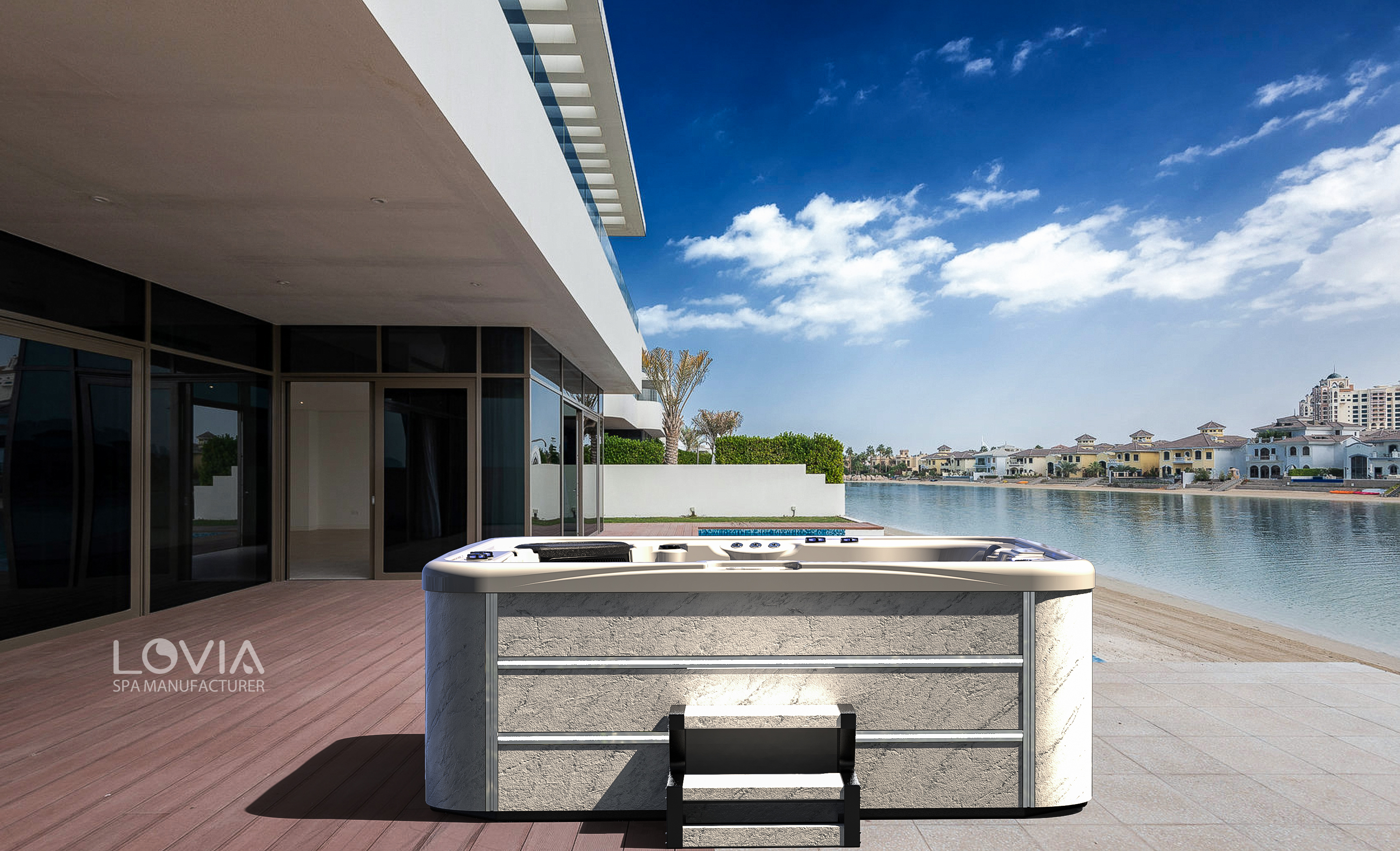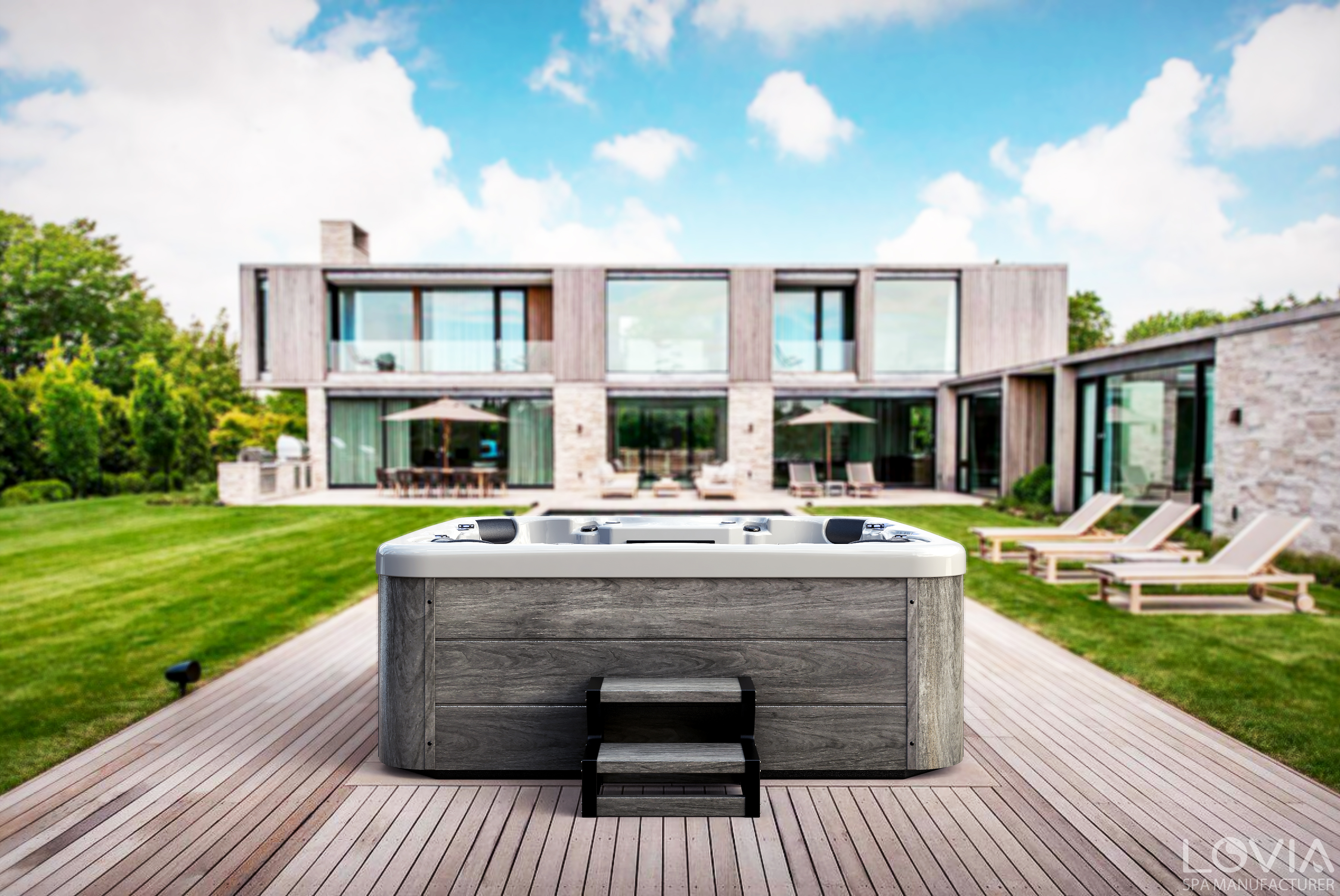
Does a hot tub consume a lot of power?
2024-05-27 15:30Hot tub is a common entertainment facility and health product in modern life, but its power consumption has always attracted much attention. This article will discuss the power consumption of hot water tubs, analyze its operating costs from different angles, and explore how to reduce the power consumption of hot water tubs and improve energy efficiency. In closing, the impact of hot tub energy costs on consumers will be briefly summarized.
Does a hot tub consume a lot of power?
Modern manufacturers generally claim that their hot tubs cost around $1 per day to run, up to $50 per month. However, the actual energy cost of a hot tub depends primarily on the type and power of the heater.
The following is a detailed analysis of hot tub power consumption:
1. Heater:
Hot tub heaters typically range from 1,500 watts to 6,000 watts. The power of the heater directly affects the power consumption of the hot tub. The greater the power, the faster it heats water, but it also consumes more power.
2. Water pump:
The water pump is another major power hog. Typically, the power of a water pump is about 1,500 watts. It's responsible for circulating hot water and keeping the water clean, but it also increases your electricity bill.
3. Insulation performance:
The thermal insulation properties of a hot tub are critical to its energy efficiency. Good insulation can reduce the operating time of the heater, thereby reducing power consumption.
4. Other functions:
Some high-end hot tubs are equipped with multiple features, such as massage nozzles, lighting and sound systems, which can also increase power consumption.

How to reduce hot tub power consumption?
In order to reduce the power consumption of hot water tubs, consumers can take the following measures:
1. Choose an energy-saving model:
When purchasing a hot tub, choose an energy-saving product. These products are often equipped with efficient heaters and water pumps, which can effectively reduce power consumption.
2. Keep the insulation intact:
Make sure the hot bathtub's insulation is in good condition. If the insulation layer is aged or damaged, it should be replaced in time to reduce heat loss.
3. Timing control:
Use a timer to control the working time of the hot tub to avoid unnecessary long-term operation. Set a reasonable timing switch time according to usage habits.
4. Cleaning and maintenance:
Regularly clean the filter and pipes of the hot water tub to ensure smooth water circulation and reduce the workload of the water pump.

How does choosing the right hot tub affect energy consumption?
Choosing the right hot bathtub can significantly impact its energy consumption. Here are the factors you should consider when choosing the right hot tub:
1. Size and capacity:
Choose a size and capacity that suits your household needs and avoid purchasing a hot tub that is too large or too small, thereby avoiding unnecessary waste of energy.
2. Heater type:
High-efficiency heaters heat water faster and spend less time on electricity. Consumers can choose heaters that heat up quickly to increase energy efficiency.
3. Intelligent functions:
Modern hot bathtubs are equipped with smart features such as remote control and automatic monitoring, which can help users better manage the operation of the hot tub and reduce energy consumption.
4. Installation and maintenance:
Proper installation and regular maintenance of a hot water tub can improve its energy efficiency. Make sure the hot tub installation location and power connections comply with standards to avoid waste and safety hazards.
Summarize
The power consumption of hot tubs varies depending on the model and usage habits, but by choosing energy-saving models, proper maintenance and rational use, consumers can effectively reduce their power consumption. Not only does this help save money on electricity bills, but it also reduces the impact on the environment. When purchasing and using a hot bathtub, consumers should fully consider these factors, choose the hot tub that best suits their needs, and improve energy efficiency.
